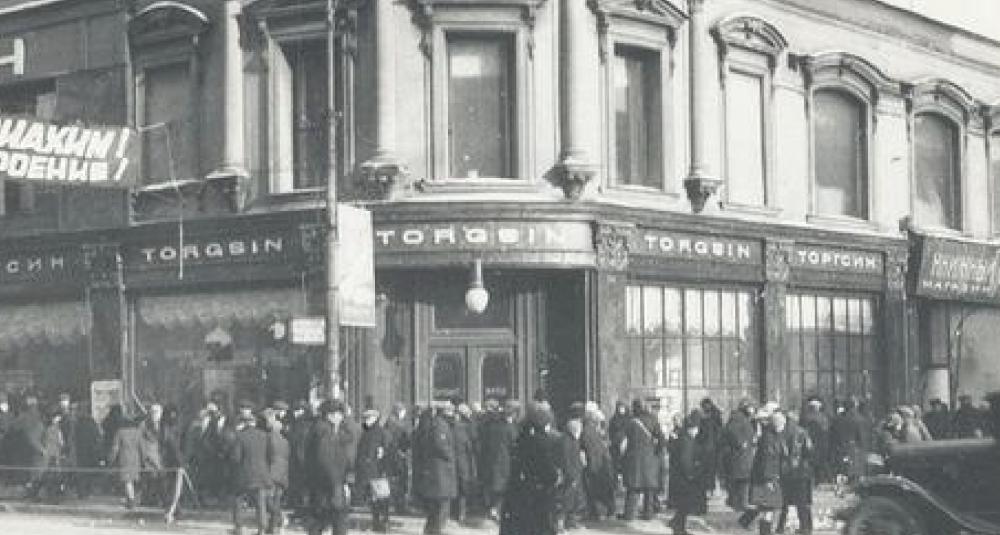In the 1980s, in order to stimulate the domestic economy, the Soviet government offered quite favorable conditions in an attempt to attract enterprises from other countries to invest in the Soviet Union. Even the Soviet leaders gave various guarantees at that time, but why did these foreign companies resolutely refuse to invest in the Soviet Union, preferring to pay high tariffs to export goods and not build local factories to produce?

To find out why, we have to talk about the American entrepreneur Armand Hammer. Born in a wealthy merchant family, Hammer has a very high opinion on business operations since childhood, and even helped his father save his own pharmaceutical company during his schooling, which also made Hammer a million-dollar rich man early.
At this time, the Red Revolution broke out in Tsarist Russia, and the Red Army led by Lenin engaged in an all-out war with the White Army. Hammer's father was actually a communist, a founder of the Communist Party of the United States, and inextricably linked to the Soviet Red Army.
After the success of the Soviet Revolution, Hammer's father was also the head of the Soviet Union in New York. With this father's relationship, Hammer also had a lot of contact with the Soviet side. After the Soviet Union stabilized, Hammer quit his job as a doctor and instead planned to build a business empire in the Soviet Union.
It is conceivable that the soviet union's popularity with Hammer, coupled with his father's influence, received enough attention as soon as he arrived in the Soviet Union, and even Lenin personally received this "junior", hoping that Hammer could use his small treasury and contacts to help the Soviet Union develop its economy.
In this way, Hammer deservedly became the voice of American enterprises in the Soviet Union, although Hammer was only a light rod commander at that time, but under his continuous lobbying, dozens of American companies entered the development of the Soviet Union, including many multinational enterprises that are now the top. By this time, Hammer had become a representative figure of American companies in the Soviet Union, but he did not have his own business.
Until Hammer was inspired by the "German Pencil" in the Soviet store, faced with German pencils that sold several times the price of pencils in the United States, Hammer keenly sniffed the business opportunity and decided that he could make a difference in the pencil industry. Although Hammer had no experience in this area, he had a small treasury of millions of dollars, recruited important technicians from Germany, and built enterprises in the Soviet Union.
Within a few years, Hammer's pencil business had become a leader in the Soviet pencil industry, while also exporting to overseas markets, earning millions of dollars in annual profits in the 1920s. However, it was precisely because of the excellent and the change in Soviet policy that Hamer was hit hard like never before.
After Stalin took charge, a large number of foreign enterprises were liquidated. Stalin intended to control all production in the hands of the Soviets, forcibly buying enterprises from these foreign investors. And these investors only got a large sum of Soviet rubles.
Although there were many rubles, the Soviet Union restricted investors from other countries, including Hammer, from exchanging rubles for other currencies, let alone buy gold. That is to say, Stalin exchanged a pile of waste paper for the assets of these investors in the Soviet Union.
Although the Soviet Union eventually relented, allowing investors to buy Russian-era art in rubles, investors were able to take away only a handful of art in the Soviet Union's bizarre pricing. With such a painful lesson, even if the Soviet Union took the initiative to invite investors from other countries to invest in the Soviet Union in the 1980s, no one was willing to invest in the net.